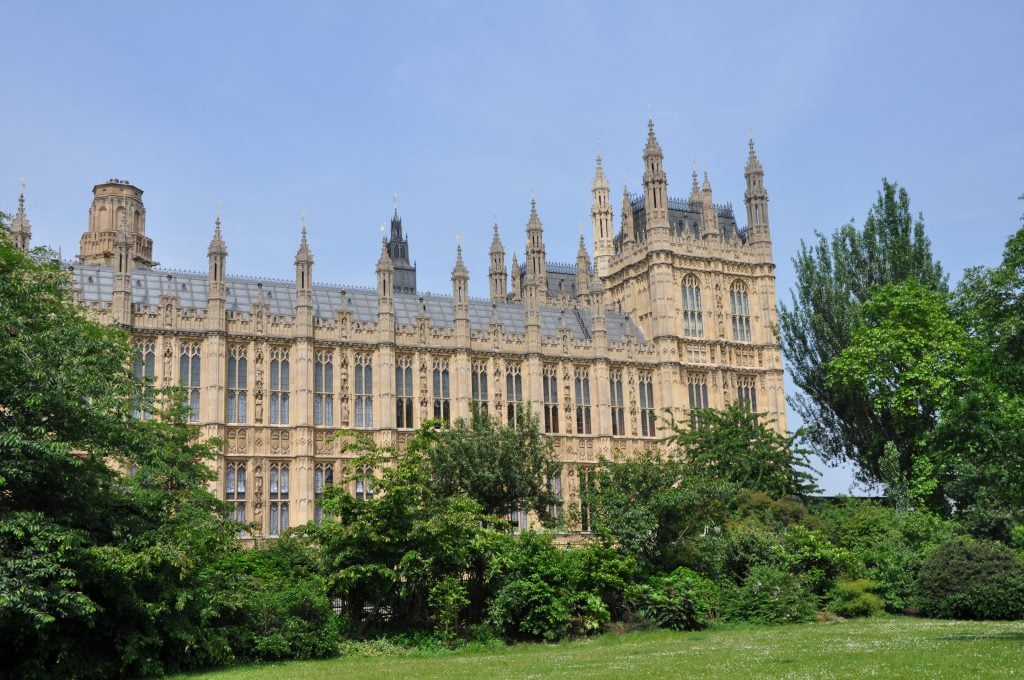Peder Oxhammar is Head of Baker McKenzie’s Intellectual Property Group in Stockholm. He has more than 15 years of experience in all aspects of intellectual property. Prior to joining Baker McKenzie in December 2012, he worked in private practice in one of Sweden's largest patent firms as well as in his own law firm. He has also worked in major pharmaceutical companies AstraZeneca and Novartis, managing multijurisdictional patent and trademark litigation worldwide.
Hiroshi Sheraton's practice covers all aspects of intellectual property law with a particular emphasis on contentious patent and trade mark matters and life sciences. Much of his work is cross-border in nature. He regularly co-ordinates pan-European and global IP litigation and advises clients on international IP strategies for patent litigation and brand protection. He represents clients in the UKIPO, EPO, OHIM, the English Courts and the CJEU. He has experience of IP matters across Europe and has litigated IP cases in Germany, France, Spain, Italy, the Netherlands, Belgium, Austria, Ireland, Northern Ireland and Luxembourg, the USA and Asia Pacific. Although he has a first degree in biochemistry and molecular biology, he covers all areas of technology from pharmaceuticals/biotech products and agrochemicals to electronics and software.
Tanvi is a Senior Associate and Solicitor-Advocate in Baker McKenzie's London Intellectual Property team, having joined the firm in August 2016. She has particular expertise in patents and is recognised by the Legal 500 as a key lawyer in the UK for Patents (Contentious and Non-Contentious). During her career Tanvi has also gained in-house experience having been seconded for a year to the in-house R&D legal team of a global pharmaceutical company, focused on providing legal support for clinical trials across Europe, and for three months (on a pro bono basis) to Cancer Research UK's legal team. Prior to becoming a solicitor Tanvi obtained an MSc degree in Chemistry from Imperial College London and carried out research in the field of biophysical chemistry at the Ludwig-Maximilians Universität, Munich (Germany).



